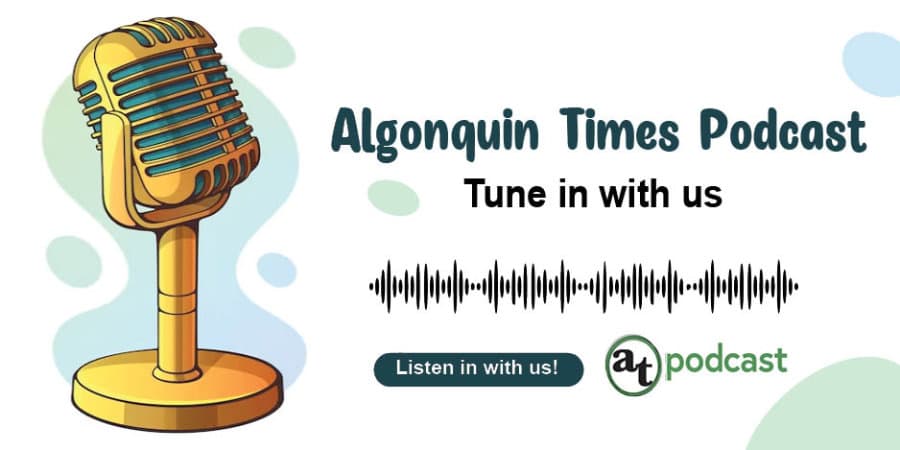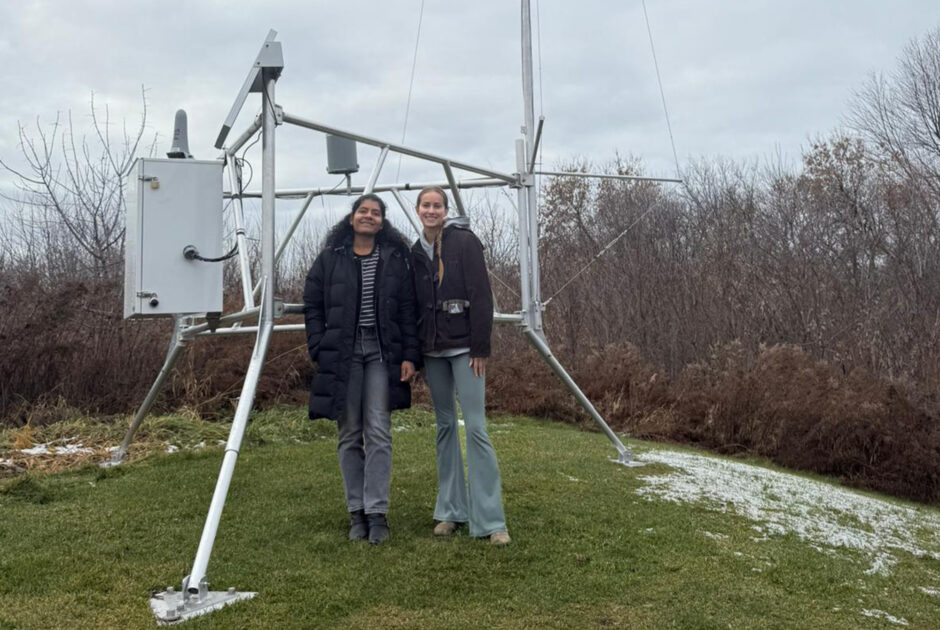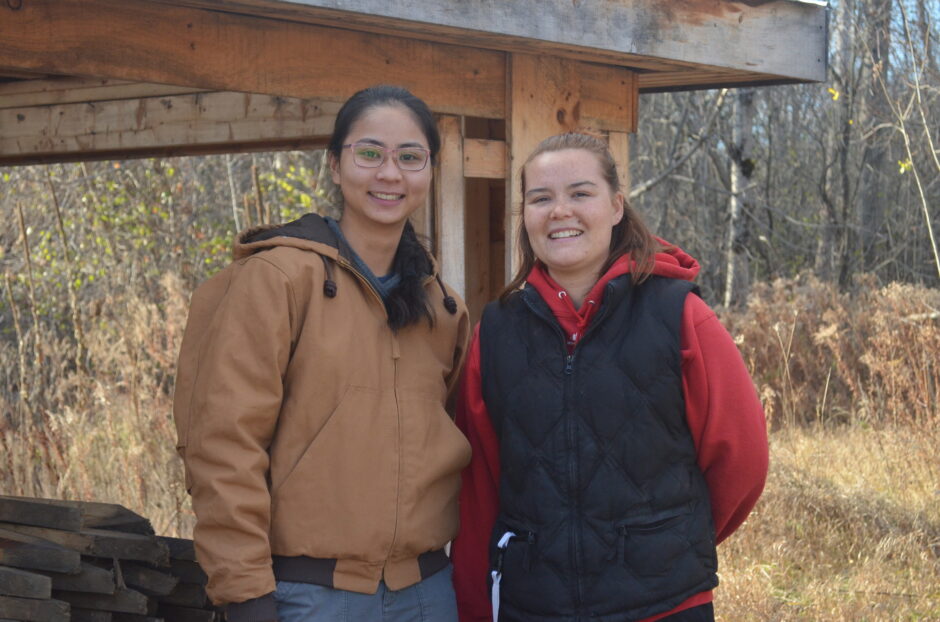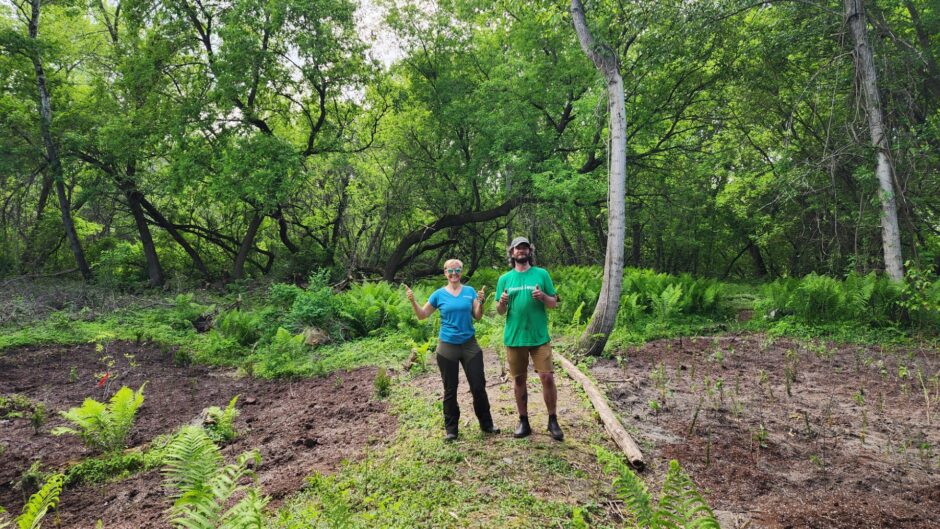Solutions: Learning about tap water helps students value, conserve and protect it
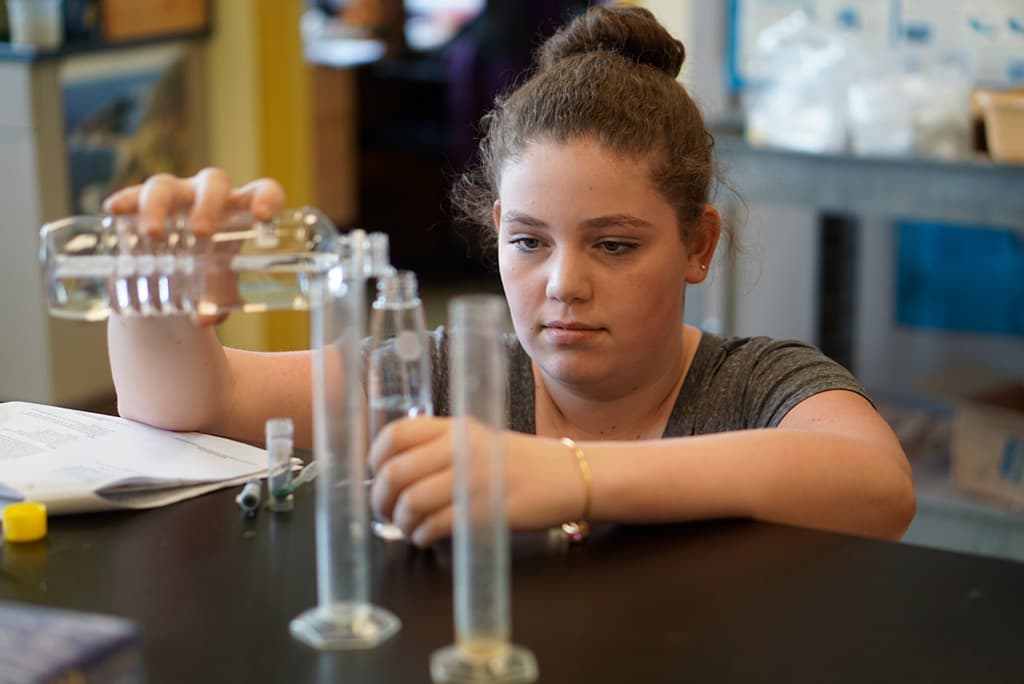
Tracy Webb used to teach science classes in Wolfville, N.S. Most of the time those classes were very similar to what millions of schoolkids in thousands of Canadian classrooms usually experienced.
But once a year, her students had a very special class. A class that many of them would later call “the best class” in their end-of-year feedback.
They used educational water testing kits distributed by the Safe Drinking Water Foundation to test their local water.
This might not sound very exciting at first, but students loved it.
A couple of days before the class, Webb would ask five volunteers to bring water samples from their homes. The school had a large feeder zone, so she would try to have samples from different geographical areas in and beyond Wolfville.
The students would then put on some lab coats and safety goggles and do some science.
They would test the samples from their kitchens and bathrooms for alkalinity, ammonia, arsenic, copper, iron, manganese, nitrate, sulphate, chlorine and other things the municipal governments usually test the water for.

“The students would get into debates. ‘Oh my God, look at my water, I’ve got so much chlorine. It’s gross!’” Webb said, remembering her students’ comments.
Webb would then ask them: “Why do you think there’s so much chlorine in your water? What time of the year is it? Is it in the spring when they’re trying to get rid of any algal blooms (seaweed-like organisms) in the water?”
Webb is the longest-serving board member of the Safe Drinking Water Foundation. She has dedicated 20 years of her life to the foundation whose goal aligns perfectly with her own – to educate.
“We are teaching students about the environment and our role in being responsible citizens,” Webb said. “They need to know what’s valid to be able to make informed decisions.”
When the Foundation was created in 1996 its purpose was to help developing countries with their water issues. However, soon the founders felt the need for more “environmental education, public awareness and environmental literacy” here in Canada, according to the foundation’s executive director, Nicole Hancock.
The foundation has created educational water testing kits that they send out to schools across Canada. Those kits have reached more than half a million students in more than 3,100 schools.

“We are teaching students about the environment and our role in being responsible citizens,” says Tracy Webb, the longest-serving board member at the Foundation.
Source: Safe Drinking Water Foundation Photo credit: Arty Sarkisian
Four schools in Ottawa have received the kits recently and are planning to use them in the upcoming year.
The foundation is always surveying the participating students before they get the classes.
The question is simple: “Where does your water come from?” Less than four per cent can answer.
That’s also one of the first questions professor Catherine Eimers asks her second-year students in her water resources class at Trent University.
“Knowing the source of water where you’re drinking from pushes people to try and protect it,” said Eimers.
However, even in the university students are unable to give the source.
And the source – Otonabee River – flows right through their campus.
“Ignorance is a big threat to our drinking water,” Eimers said. “Students should have more information about drinking water so that they can make good choices.”
Eimers says there can be a lack of trust in municipal water, and it’s prompting people to buy bottled water and contribute to plastic pollution even though it’s not necessarily better.
“Bottled water is not tested as well as tap,” she said. “It’s treated as food and there is less scrutiny.”
So, Eimers thinks that the program’s main benefit is that students are learning that they can and should trust in the quality of the tap water.
“Municipal drinking water is so heavily tested that it would be very difficult nowadays post-Walkerton for a contaminant to slip through,” Eimers said.
She is referring to the drinking water contamination in the City of Walkerton in south-east Ontario in May 2000. That spring more than 2,300 people fell sick in this community of 5,000. Seven died.
After that, Ontario adopted the Safe Drinking Water Act implementing mandatory drinking water testing standards in all communities. Now the drinking water has to be tested every six hours which adds up to more than 6,000 times a year.
The kits are not intended as something that would be able to spot dangerous pollution in a water sample. Students can’t follow all the necessary procedures required to accurately test the water. However, using them to test samples can still give them an idea of how the process works.
Webb always calls them “science in the box.”
The prices for these “boxes” vary from $76 to $170 for a single class.
Most of the distributed kits are sponsored by independent charities, individual donors or the schools themselves. But still, the number of sponsored kits is limited and occasionally teachers who want to incorporate those kits in their classes have to pay the full price themselves.
“That is a huge limitation,” Webb said. “Teachers either choose to pay for the kit out of their own pockets or just don’t do it.”
Nicole Hancock, president of the Safe Drinking Water Foundation, provided an in-depth interview about the purpose and future of the water testing kits. You can listen to it in an audio version of the article:

